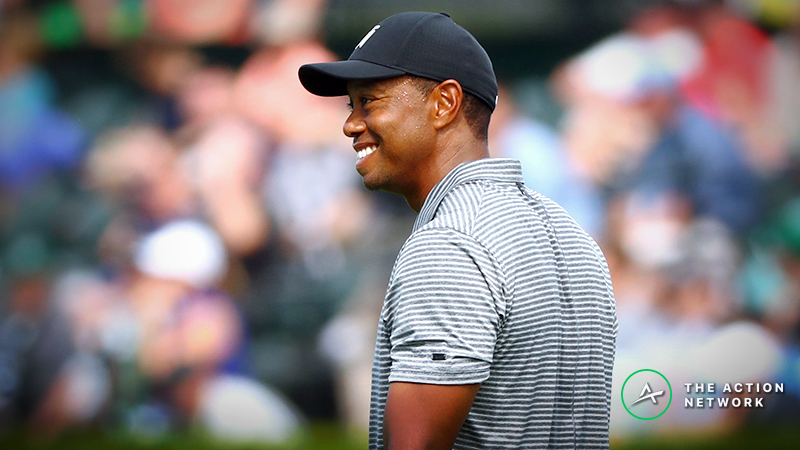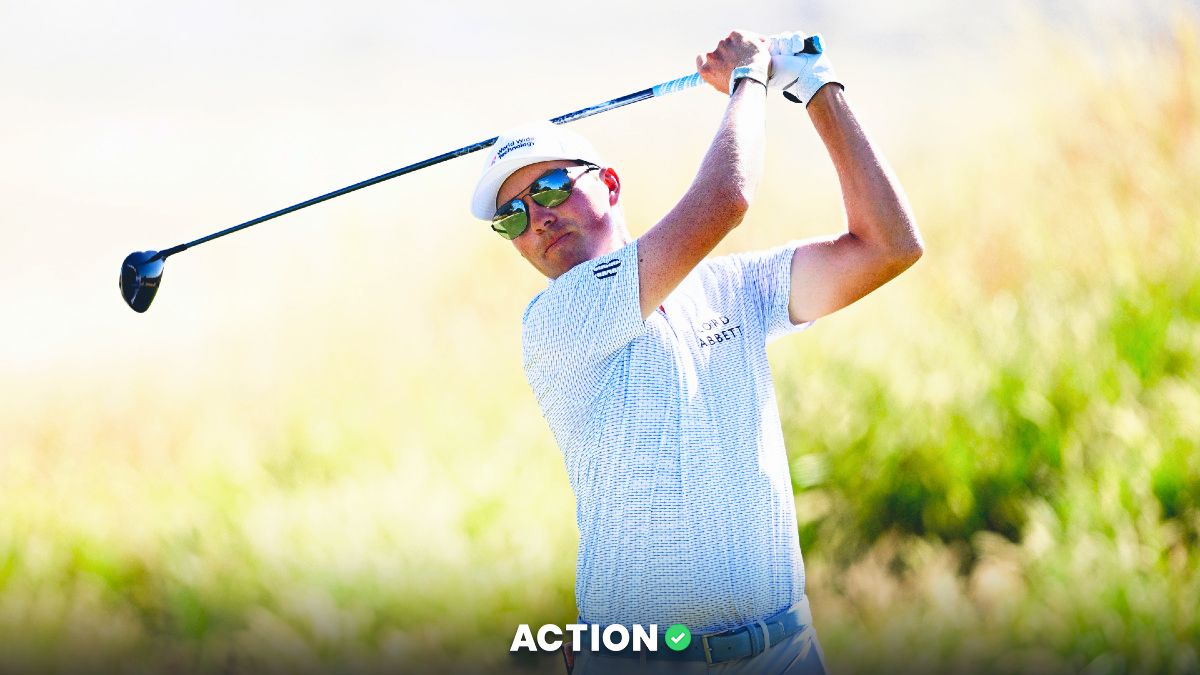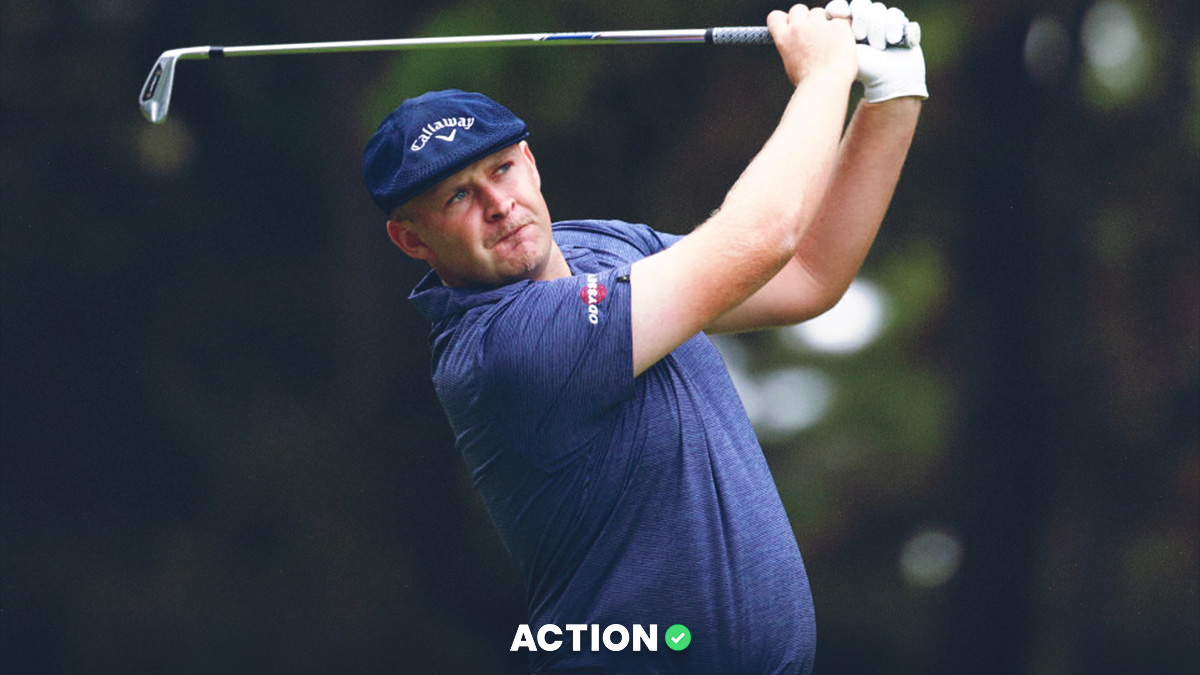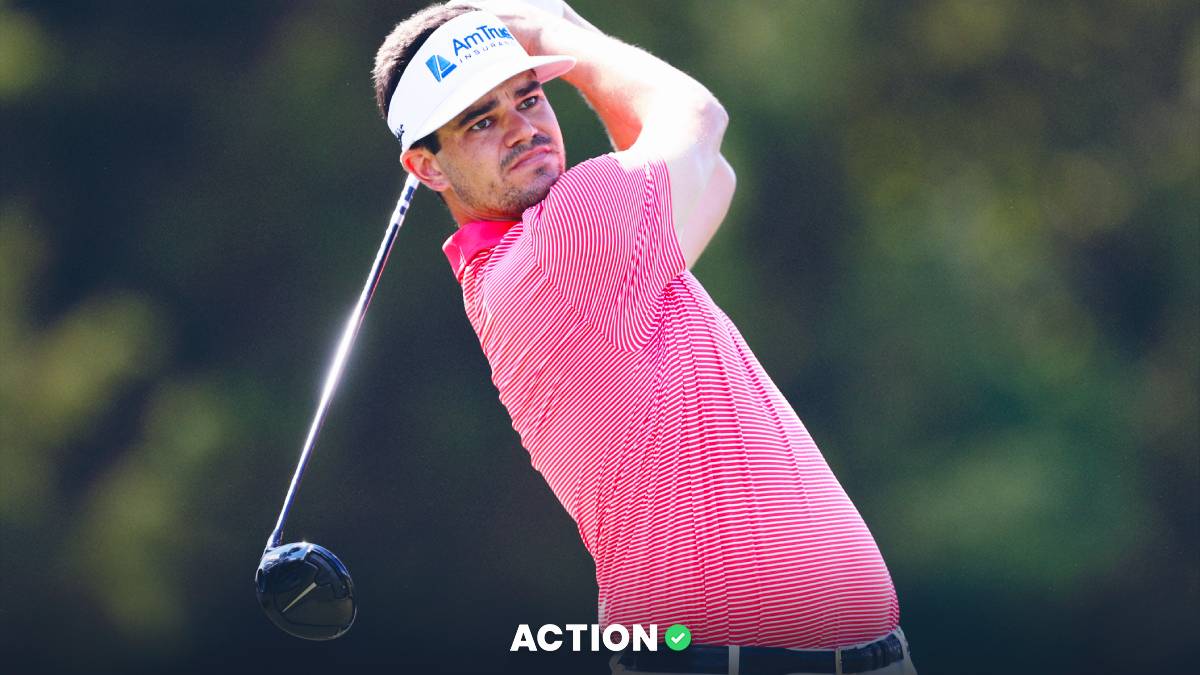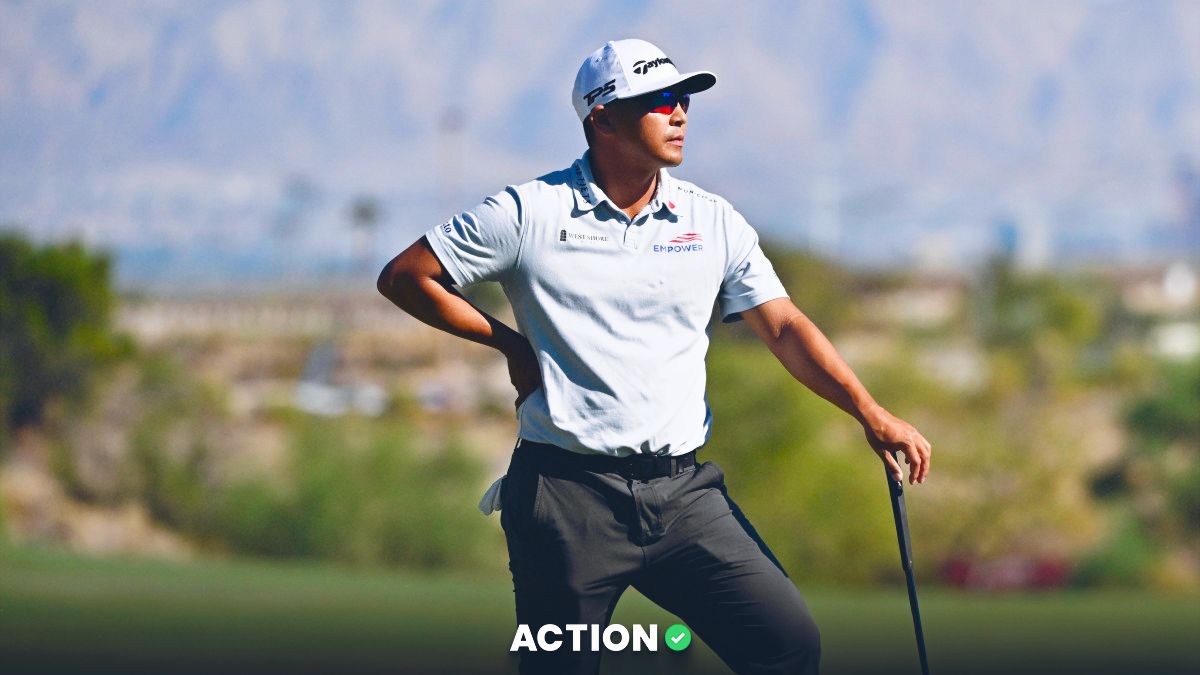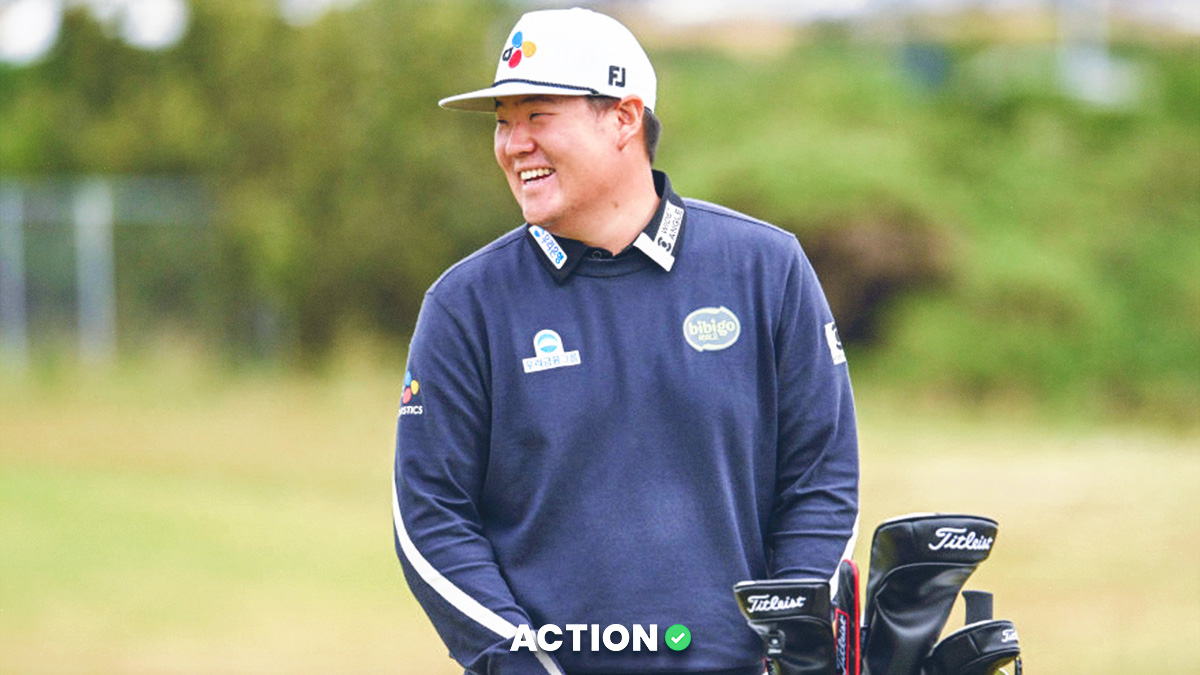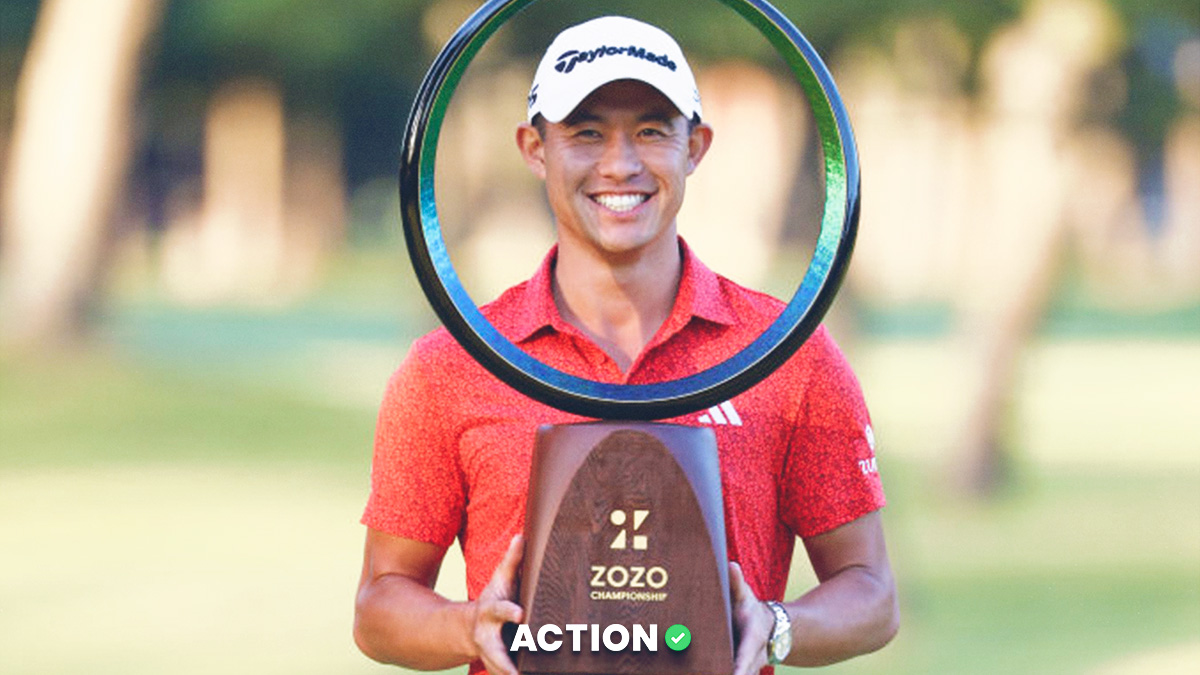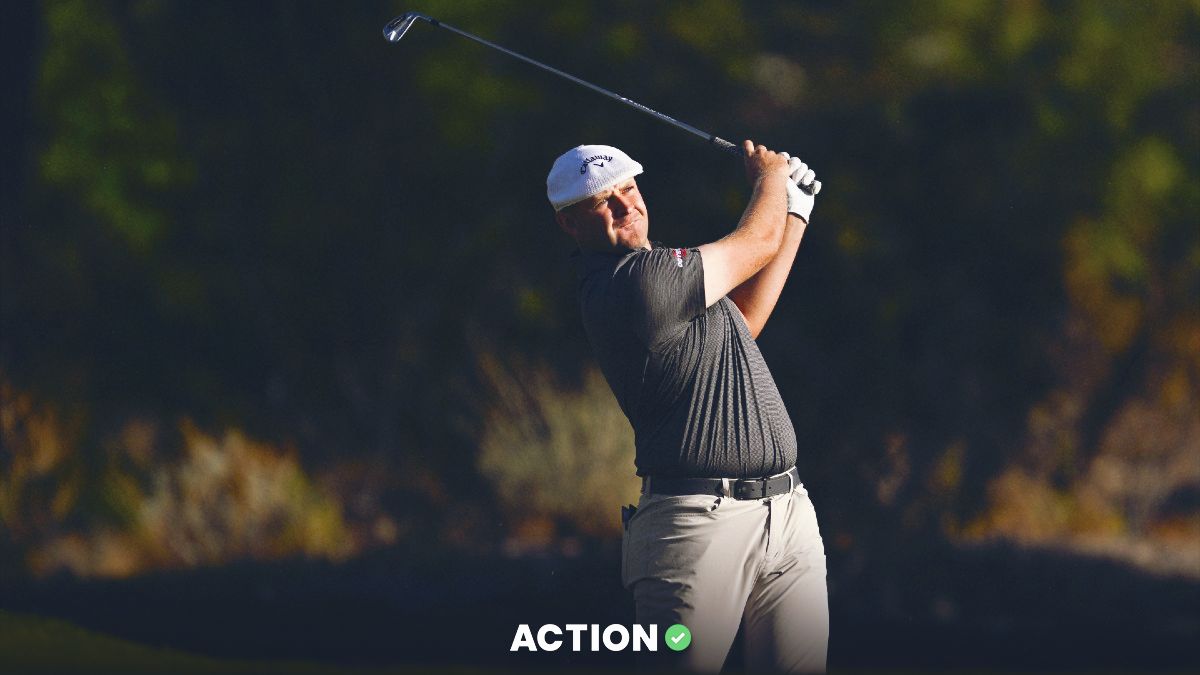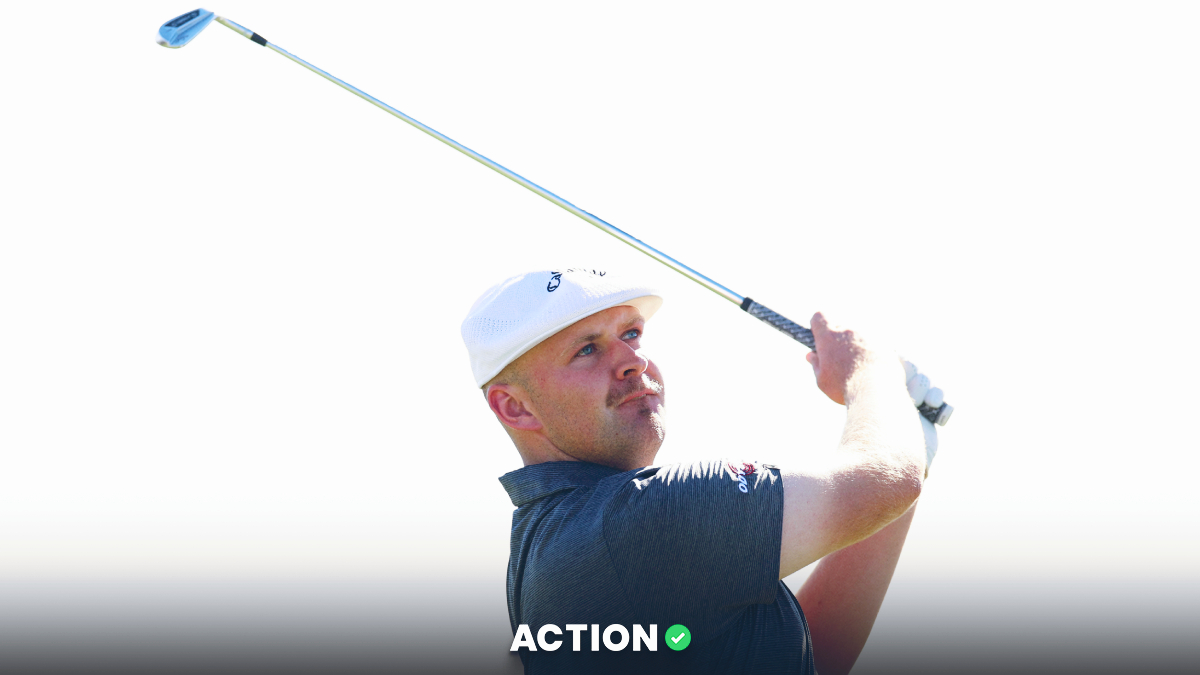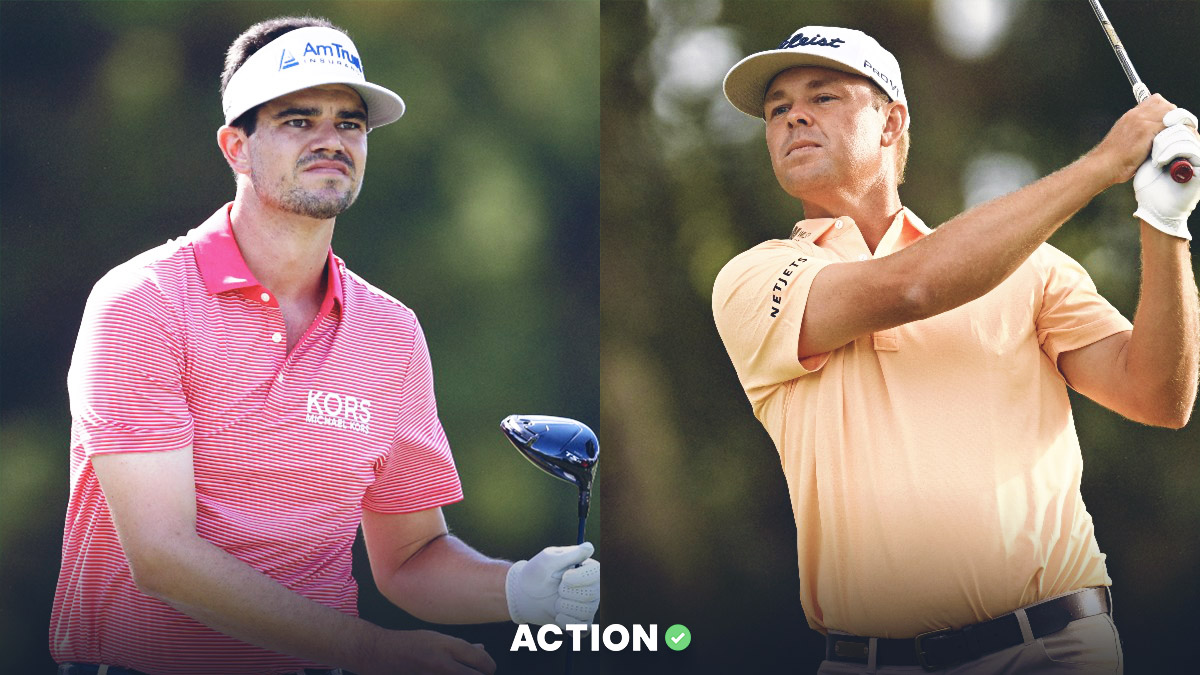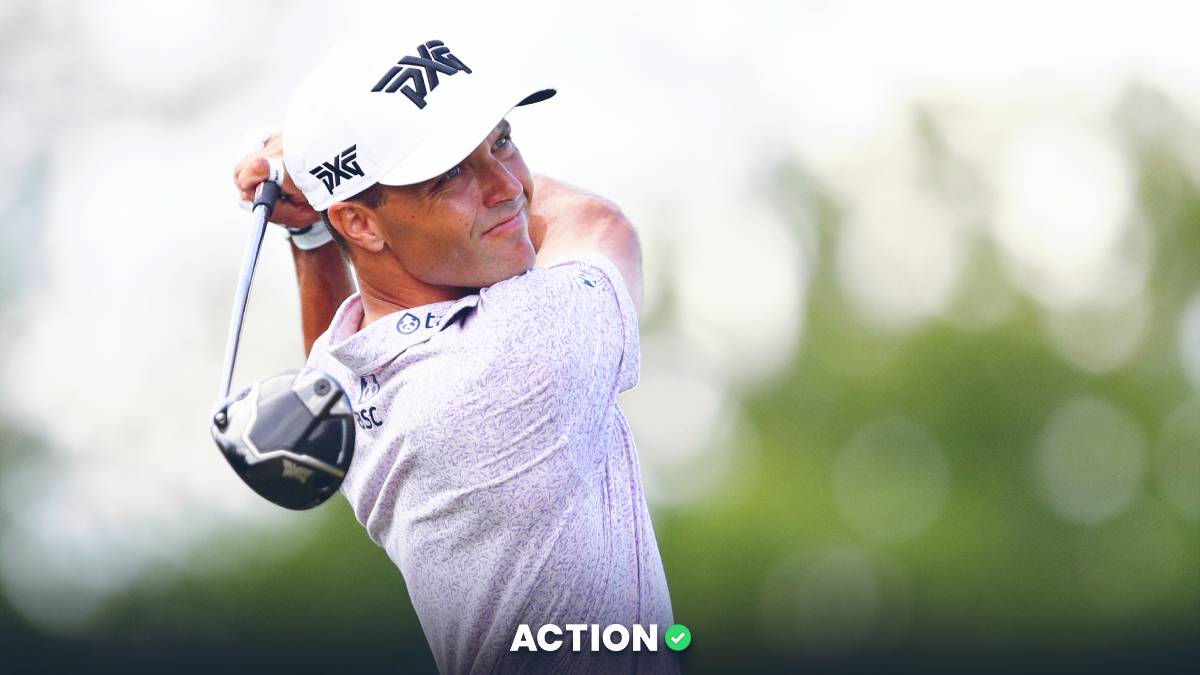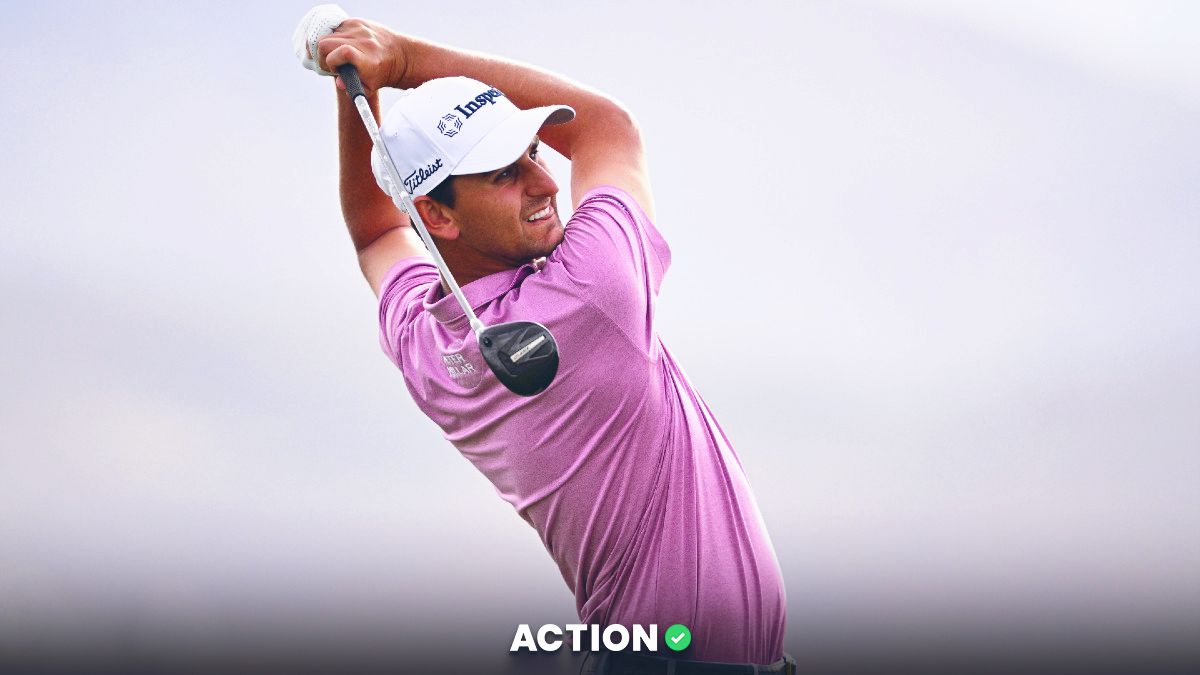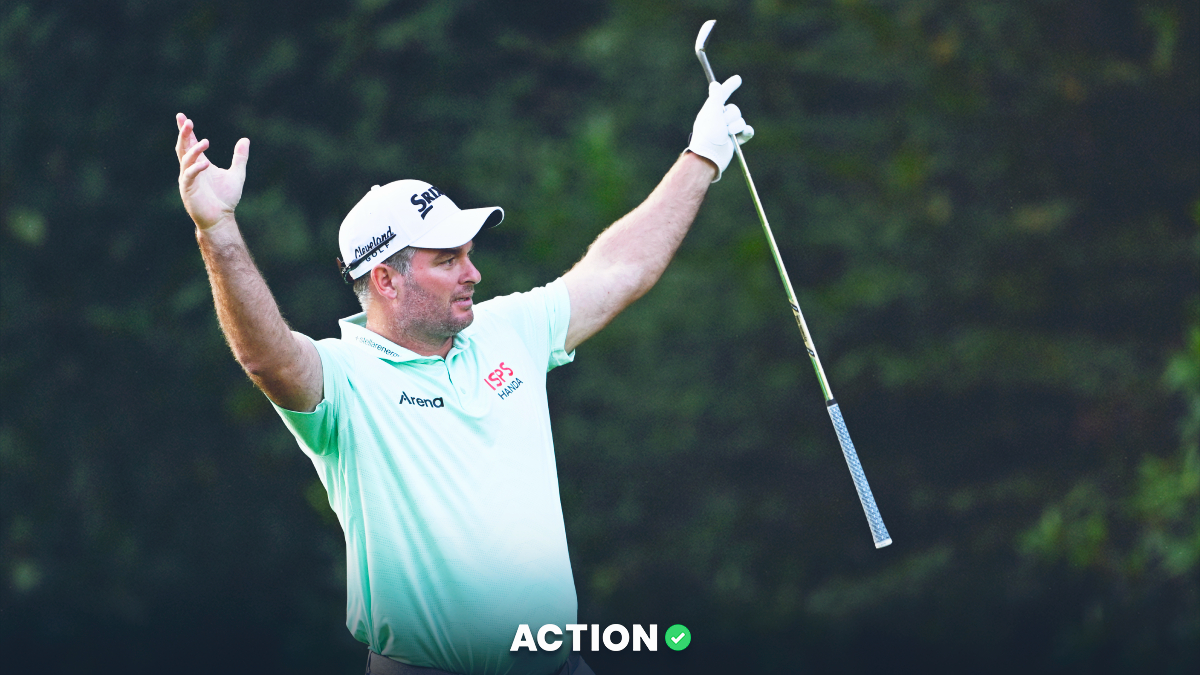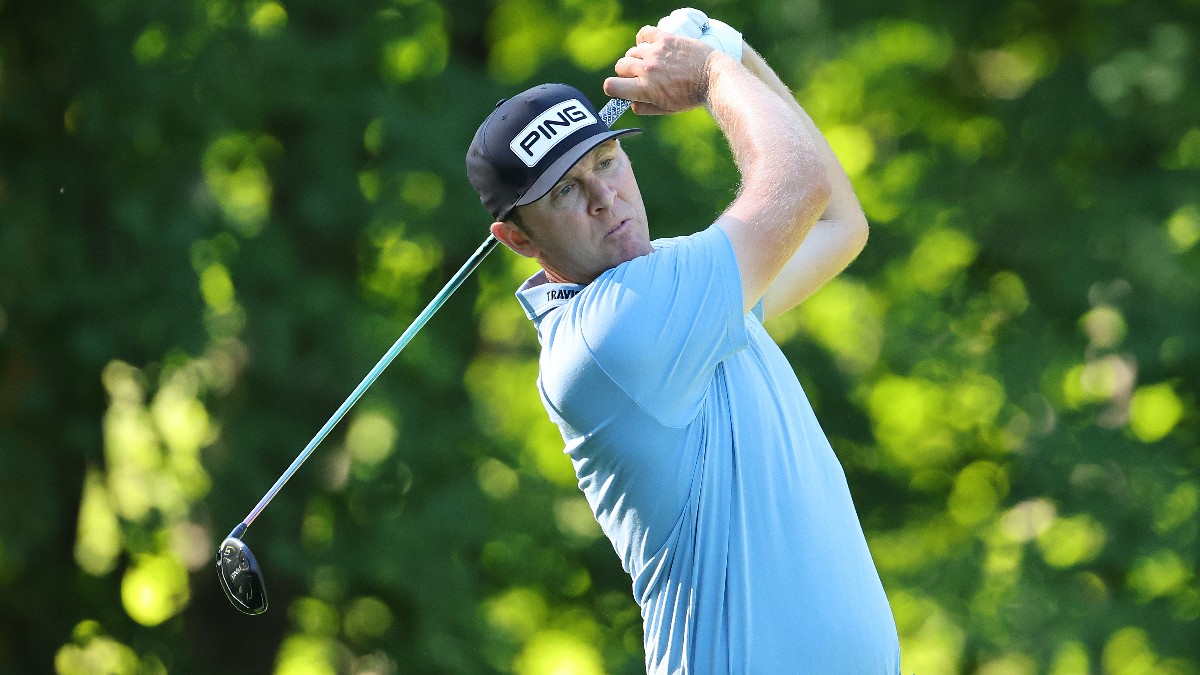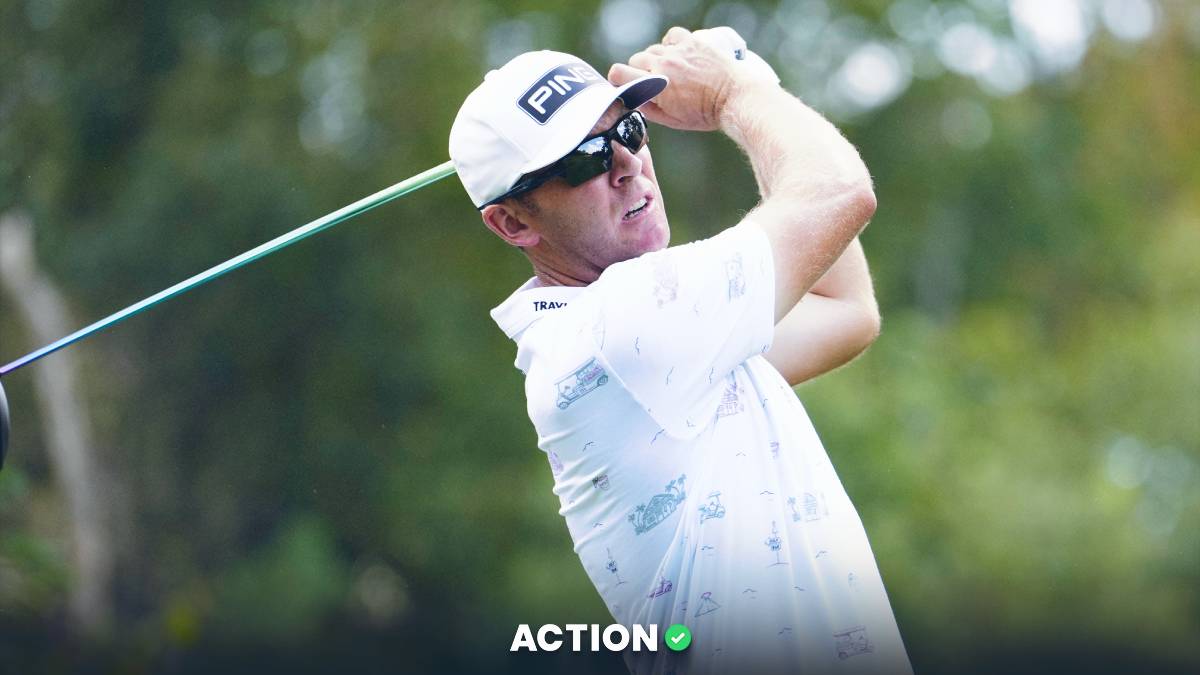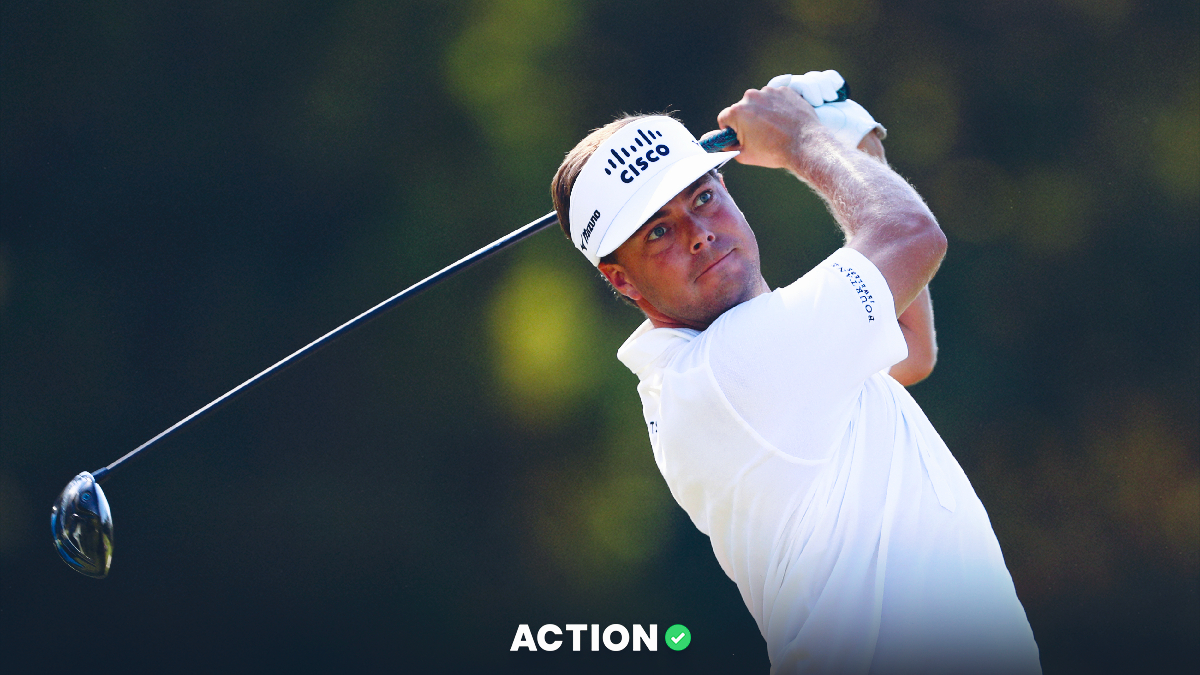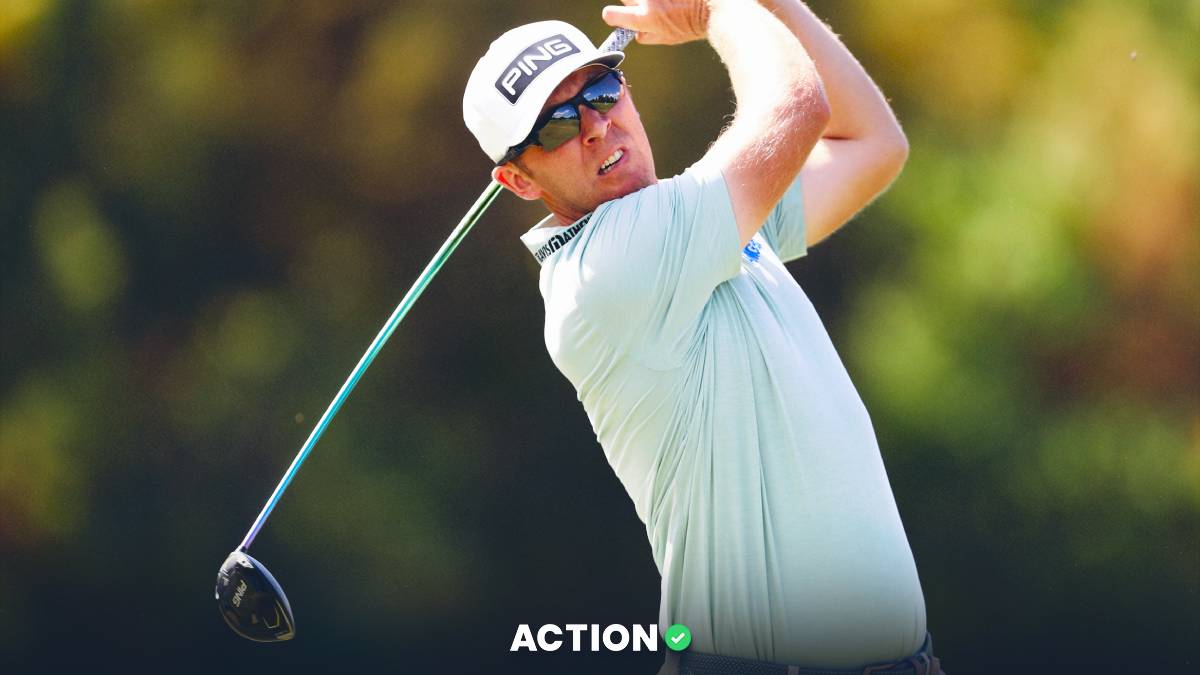Before we get down to business, I'll answer your first question off the top: Yes, I even dabble in a little golf. After all, who can resist betting on the Masters?
We don't just want to be throwing darts, though, so I decided to build a Masters Prop Betting Simulator, which runs through the entire tournament 10,000 times and allows me to pull "true odds" for literally any type of prop offered.
This particular sim was set up via reverse engineering the current outright betting market. My thinking here is to leverage the highest-volume market — and in turn, the sharpest — to find value in some much more exploitable exotics.
Let's run through the props offering the biggest edges.
Important note: I'll be adding new props to this article after it's initially published and more bets post, so be sure to check back often on Wednesday thru Thursday morning.
Worst 18-hole score
Under 84.5 (-135)
Over 82.5 (-265)
With a two books offering different numbers/prices, this is a clear opportunity to try to middle.
My simulation is giving the true odds for Under 84.5 at -352 and the Over 82.5 at -333. Based on those numbers, it should be pretty clear that there's more value on the Under 84.5 (-135), so I'd advocate for placing a 2x larger bet on that compared to the Over.
My numbers say there's ~55% chance we get either 83 or 84 as the highest score, in which case we'd win both bets.
Looking at the past five years of data, the highest scores have been: 86, 83, 85, 91, 85.
The 91 and 85 from 2014 and 2015 both belong to Ben Crenshaw, who decided to retire from his lifetime exemption into the Masters after 2015. If you removed him from those years, the low scores would have been 85 and 84. The 85 from 2016 belonged to Kevin Na, which came during a Round 3 implosion. If you removed that, the high score would have been 83.
I’m not merely manipulating data to prove a specific point. Part of analyzing data in order to predict future outcomes is to put it into context and see how things may have changed if certain variables go differently this time around.
This prop will likely come down to whether or not an amateur or a lifetime-exempt former winner implodes in a given round. With Ben Crenshaw out of the mix, an 83 and 84 — that would be a score of +11 or +12 — seems more likely than years past.
Here is the exact percentage breakdown I have for the highest 18-hole score for this year, according to my simulations:
Tiger Woods Round 1 score
Over 71.5 -103
We'll hopefully get a few more Round 1 score props as we get closer to Thursday, but it’s no surprise the first one we get is for Tiger Woods.
I have the “true odds” for Over 71.5 being closer to -150. Last year, Tiger only had one round below par, which was a final-round 69. The first-round typically sees just a hair higher scoring so I really do like the over here.
Again, I'm not trying to rely solely on my sim or the incredibly small sample size; I'm simply trying to confirm that my fair line of -150 seems to be close enough to pull the trigger here.
I think it’s fairly obvious that books anticipate more action on the Under here, so let’s take the value when they present it to us.
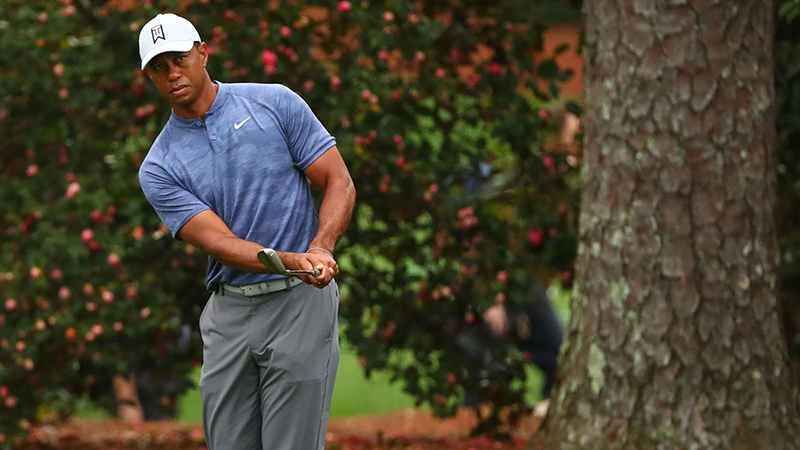
Tiger Woods lowest completed Round
Over 68.5 +115
Picking on Tiger Woods soft lines just a bit more. If you'd like to sit back, relax, and root for Tiger, you can simply avoid these Tiger props. If you’d like to nibble at some more betting value, I would take the Over here.
This is another prop where my simulations say the Over price should be around -150. I realize he is entering the Masters in great form, but I've already factored that into the equation.
It’s worth noting that back in 2012 and 2013, Woods was the odds-on favorite here and failed to shoot a 68 or better (he even finished T-4th in 2013).
The last time Woods shot a 68 or better was back in 2015 when he shot a 68 in Round 3. There is simply too much value here to pass up and I wouldn’t be all that surprised if his best round was exactly 69.
Here's the breakdown from my simulator on Tiger's lowest round:
Number of Players Finishing Under Par?
Under 17.5 (-130)
One thing to note is that I’m pretty much having this tournament play as neutral as possible compared to previous years.
The weather doesn’t look like it’ll be perfect or awful. They have made the tough fifth hole 40 yards longer this year, which should increase scoring a tad, but that may be offset by the players now being able to leave the pin in when putting, a rule that could help golfers on Augusta’s fast greens more than other courses.
Either way, I’m not getting cute and trying to predict this year to be drastically higher- or lower-scoring than usual.
Having said that, I’m going to tread cautiously with this particular prop. My simulator has the "true line" here being closer to 15.5, which would be a massive edge on the Under. For staking purposes, I am going to treat the true line closer to 16.5 and give the Under about a 65% chance of cashing.
Note: Since this article posted, I've noticed some other books hanging this prop at 21.5 or 20.5, so make sure you shop around for the best number.
Winning 72-hole score
Over 274.5 -110
This is another market where we need to be a tad cautious, but just like the bet above, I like the line being offered here. I would put a bit more on this wager, considering my sim is giving it a 79.1% chance of cashing.
Looking at the past seven Masters, we've seen the winning score go over this number on five occasions (71.4%).
I’m not here to tell you that my simulator is the be-all-end-all or that looking at small sample sizes is a wise thing to do. However, when they both line up quite nicely — and when we have no reason to believe conditions will be drastically different in the future event we are trying to predict — it just gives us the confidence to pull the trigger on both bets above.
Here is the full output for the percentage chance of what the final score will be:


